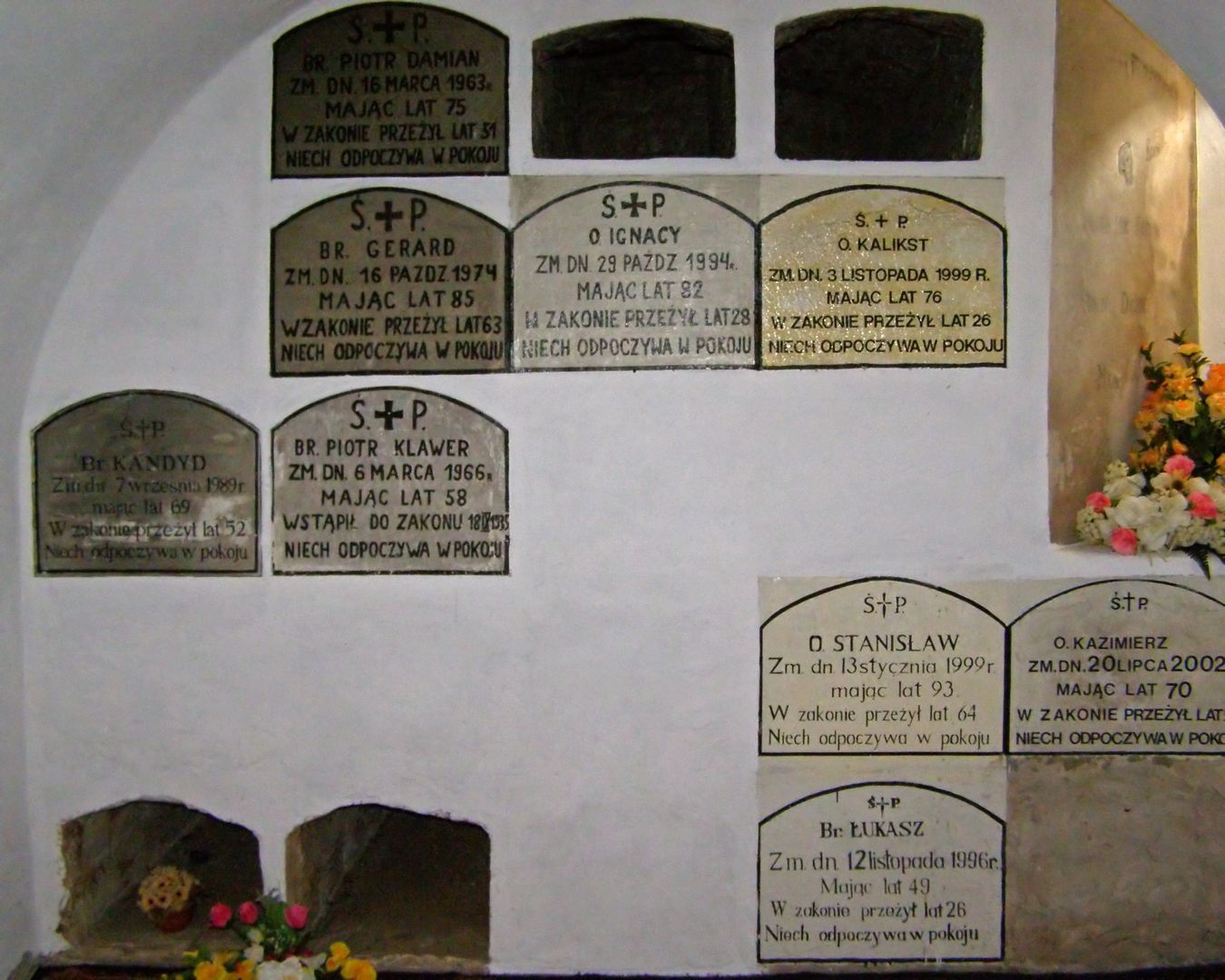Bieniszew - Monastery
6.44

Overview
Bieniszew-Klasztor is a settlement in the Greater Poland Voivodeship, primarily known for the Monastery of the Camaldolese Hermits, whose origins date back to 1662. The name Bieniszew, a simplified form of Bieniszewo, has evolved over the centuries, with the first mentions of the locality dating back to 1382. The monastery was founded on the site where the Virgin Mary and white monks were said to have appeared, contributing to its spiritual significance in the region. In 1672, a wooden church was built, which burned down in 1741. The construction of the brick church, dedicated to the Nativity of the Blessed Virgin Mary, was completed in 1797. The church stands out for its late Baroque architecture, featuring a three-nave basilica layout designed by the Czech Jan Adam Stier in collaboration with the Italian Pompeo Ferrari. The interior of the church is adorned with Rococo polychrome paintings and oak stalls from 1755, as well as relics of the Holy Five Martyr Brothers. The monastery has experienced many upheavals throughout history, including dissolutions and plundering during the partitions of Poland, as well as destruction during World War II, when many monks perished in concentration camps. After the war, the monastery was rebuilt, and the monks returned in 1937. Today, Bieniszew-Klasztor is a pilgrimage site, preserving the tradition of prayer and contemplation, while also serving as an important cultural hub, particularly for the local community. Interestingly, in 2011, the beatification process of several monks was completed, and annual indulgence festivals are held, attracting pilgrims. The surrounding area features lakes and hiking trails, making it an attractive destination for tourists as well.
Location
2025 Wizytor | All Rights Reserved